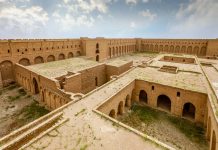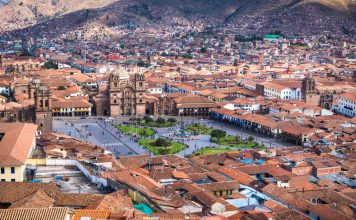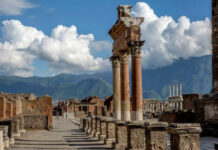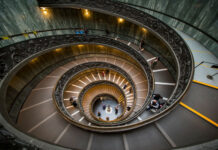1The Louvre (Musée du Louvre) – Paris, France

Nestled along the banks of the Seine River, the Louvre is not just the world’s largest art museum; it’s an architectural triumph. The glass construction in the shape of a pyramid at the entrance, designed by I. M. Pei, is an iconic symbol of modern architecture seamlessly blending with the historic Louvre Palace. Once inside, visitors find themselves surrounded by a vast collection of art and artifacts that span millennia, making the Louvre an unparalleled cultural treasure.





















